Once considered a rare tropical illness confined to Latin America, Chagas disease is now emerging as a growing public health concern across the United States. With over 30 states reporting the presence of triatomine bugs—commonly known as "kissing bugs"—and increasing evidence of local transmission, experts warn that early detection and awareness are critical to preventing long-term complications, including heart failure and stroke.
Chagas disease, also known as American trypanosomiasis, is caused by the parasite Trypanosoma cruzi. The parasite is primarily transmitted through the feces of infected triatomine bugs, which feed on human and animal blood, typically at night. These insects are called "kissing bugs" because they often bite around the face, lips, or eyes—areas rich in blood vessels and moisture.
After biting, the bug defecates near the wound. When a person scratches or rubs the bite, the parasite can enter the bloodstream through the broken skin or mucous membranes. Less commonly, Chagas can spread through blood transfusions, organ transplants, congenital transmission (from mother to baby), or consumption of contaminated food or drink.

While Chagas disease has historically been associated with rural areas of Central and South America, it is now being detected in more than 30 U.S. states, particularly in the southern regions. States like Texas, Louisiana, Georgia, and California have reported both the presence of kissing bugs and locally acquired cases of Chagas.
Climate change, urban sprawl into rural areas, and increased travel are believed to be contributing factors to the northward expansion of these insects. Warmer temperatures allow kissing bugs to survive in regions where they previously could not, increasing the risk of human exposure.
Chagas disease has two distinct phases: acute and chronic.
Acute Phase: This occurs shortly after infection and often goes unnoticed. Symptoms, if present, are mild and flu-like—fever, fatigue, body aches, rash, or swelling at the bite site (known as Romaña's sign if near the eye). Because these symptoms resemble common illnesses, Chagas is frequently misdiagnosed or overlooked.
Chronic Phase: If untreated, the infection can persist for years, even decades, without symptoms. Eventually, about 30% of infected individuals develop serious complications, primarily affecting the heart. These include cardiomyopathy, heart rhythm abnormalities, heart failure, and an increased risk of stroke. Digestive issues such as an enlarged esophagus or colon may also occur in some patients.
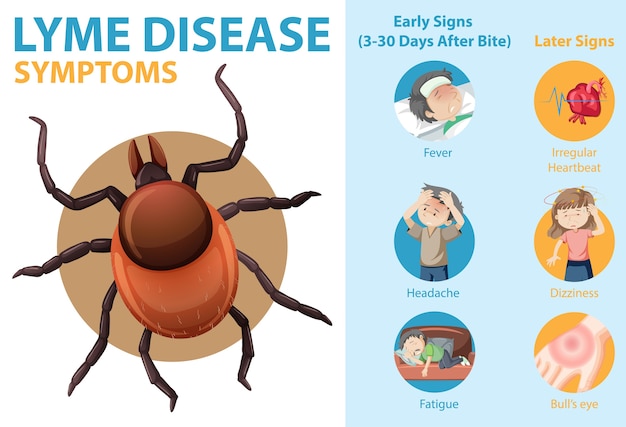
One of the biggest challenges in combating Chagas disease in the U.S. is underdiagnosis. Many healthcare providers are unfamiliar with the condition, and routine screening is not common. A recent study suggests that tens of thousands of Americans may be infected, yet only a small fraction have been diagnosed.
Diagnosis involves blood tests to detect antibodies against Trypanosoma cruzi. In the acute phase, the parasite may also be seen in blood samples under a microscope. Early treatment with antiparasitic medications like benznidazole or nifurtimox is most effective, especially in children and recently infected adults. However, these drugs are not widely available in the U.S. and can have significant side effects.
Preventing Chagas disease starts with reducing exposure to kissing bugs. These insects often live in cracks and crevices of poorly constructed homes, under porches, in wood piles, or near pet resting areas. They are most active at night and attracted to light and body heat.
To reduce risk:
As kissing bugs continue to spread, public health officials emphasize the need for increased surveillance, clinician education, and community outreach. The Centers for Disease Control and Prevention (CDC) estimates that approximately 300,000 people in the U.S. are infected with Trypanosoma cruzi, many unaware of their condition.
Raising awareness is crucial—not just in rural southern communities, but nationwide. With climate patterns shifting and insect habitats expanding, Chagas disease may no longer be a distant threat but a growing domestic reality.
By understanding the risks, recognizing potential symptoms, and taking preventive measures, individuals and healthcare providers can help stop the silent spread of this potentially deadly disease.

Health

Health

Health

Health

Health
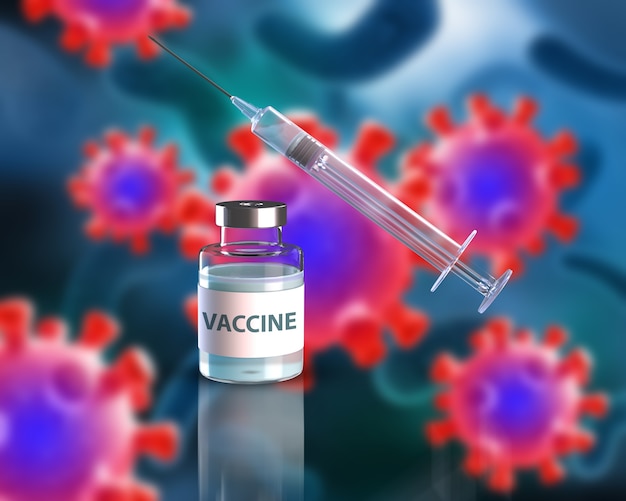
Health
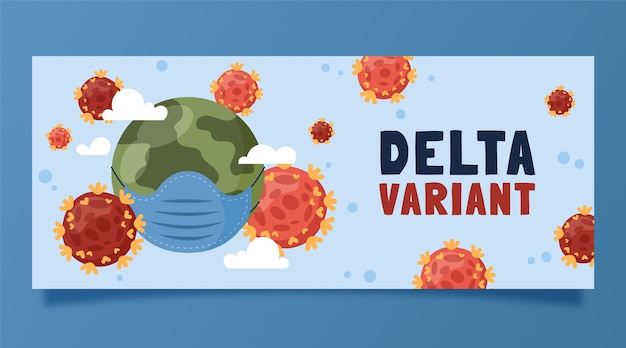
Health
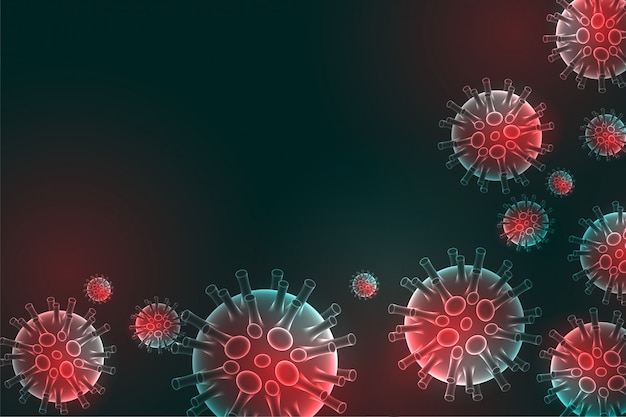
Health

Health
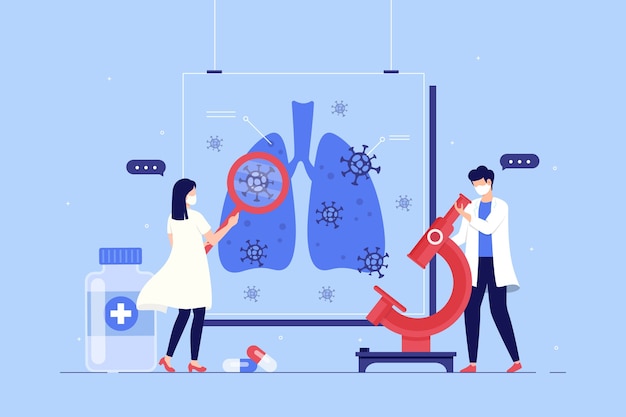
Health
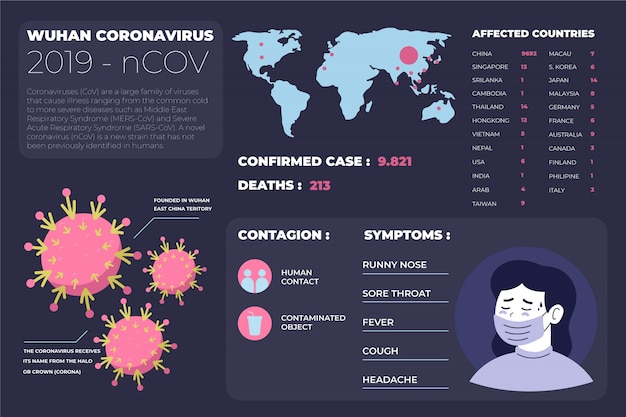
Health

Health

Health

Fitness

Health

Health